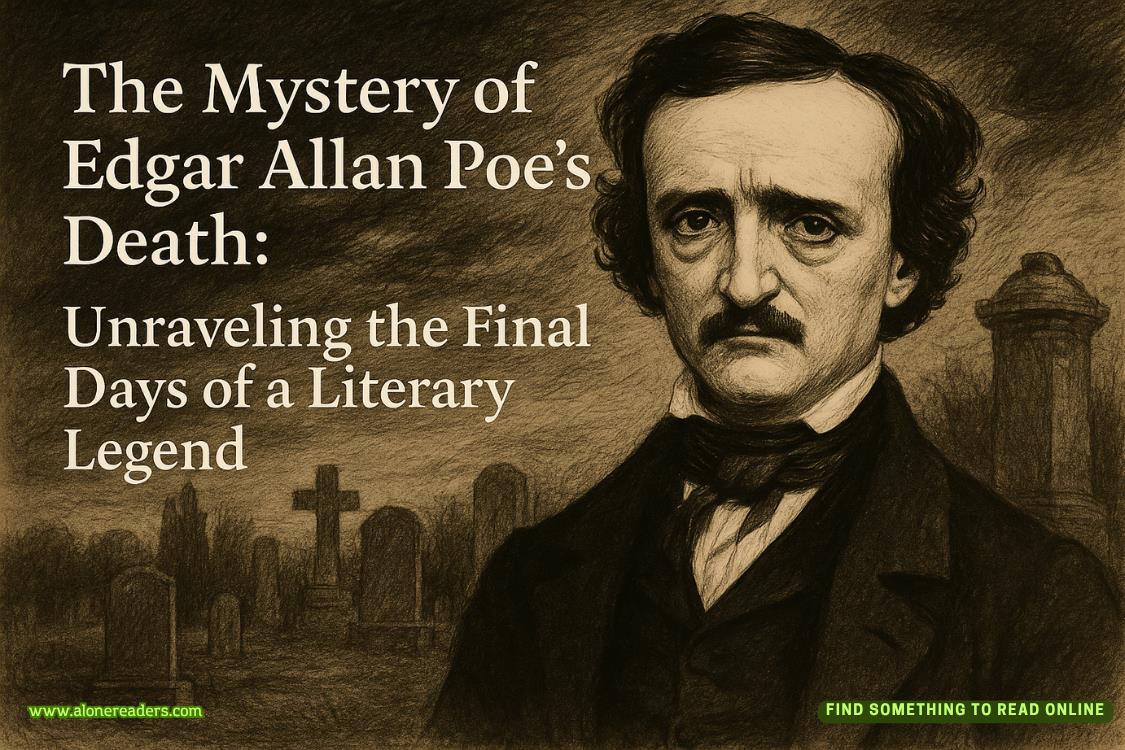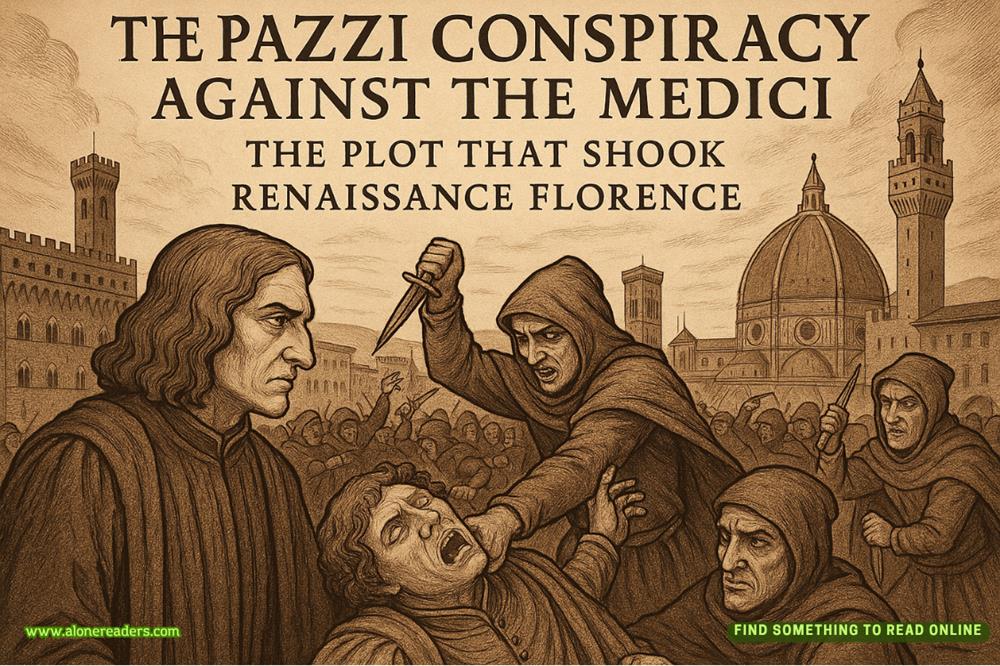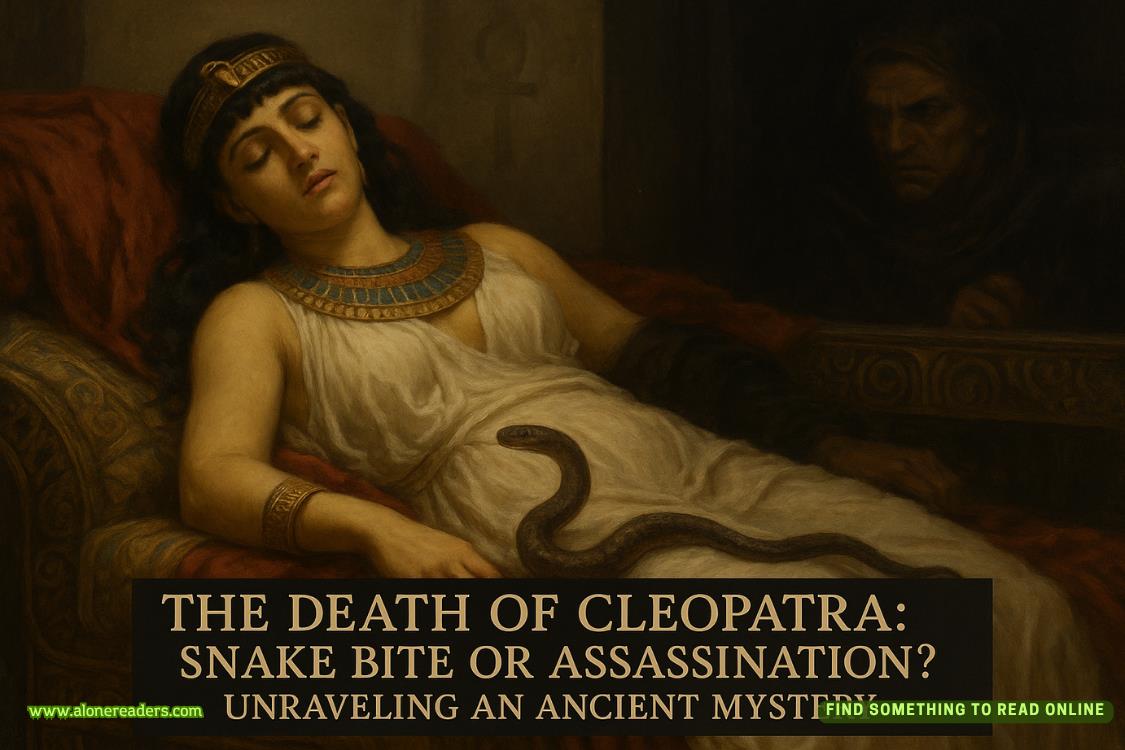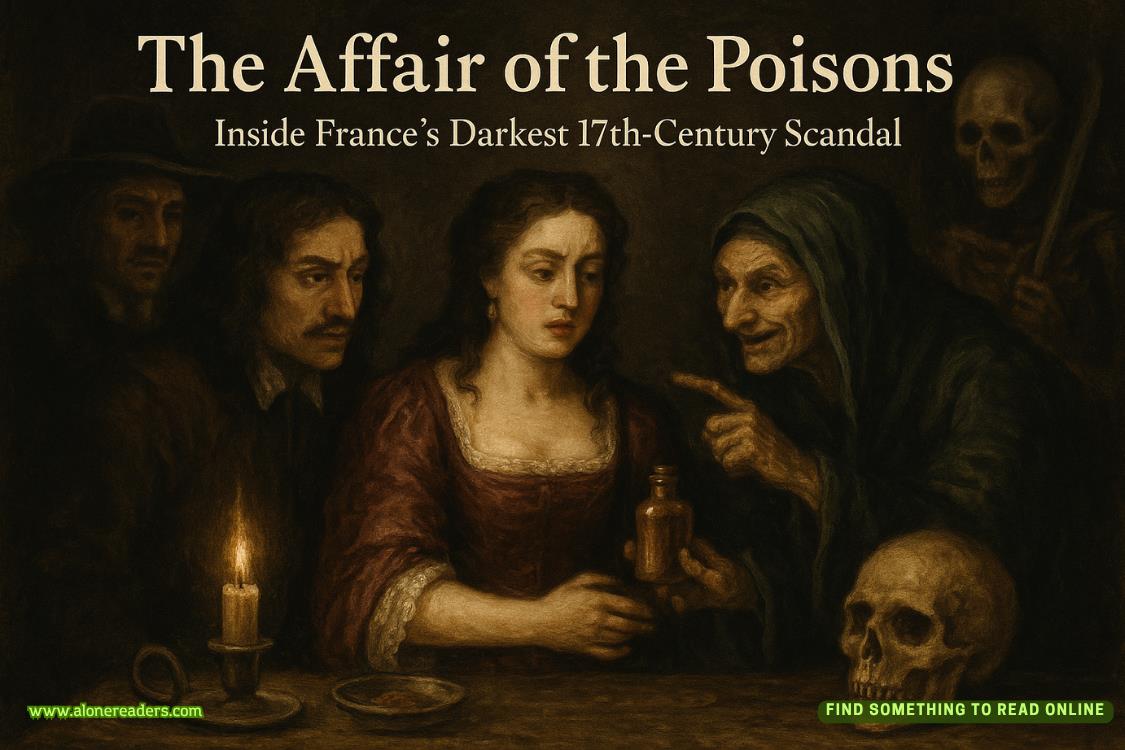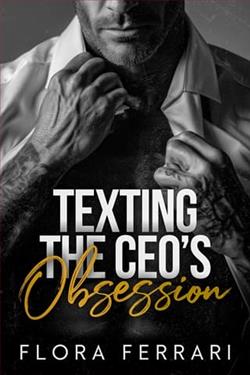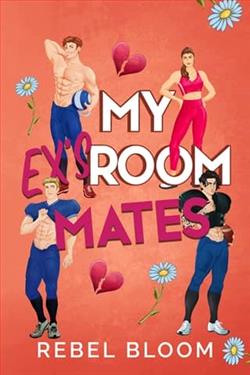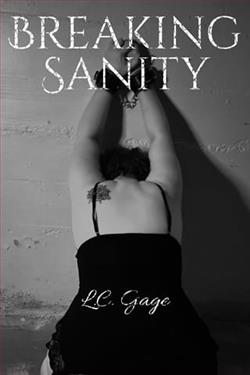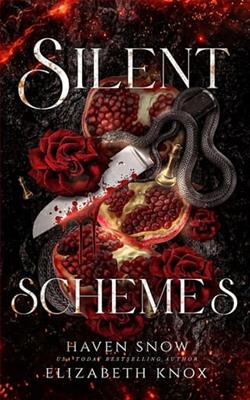Page 110 of The Librarians
Hazel pauses the clip and plays the next one, from inside the house, which shows an unhurried Nainai, coming out from the kitchen, looking at her phone. From her phone app, she can get live feed from her cameras and would have seen it was a woman outside, and presumably she was in the mood to speak to someone.
That clip ends quickly: Nainai moves out of camera range when she reaches the door. Hazel goes back to the previous clip. The woman waits some more and then her mouth starts moving. She speaks enthusiastically for fifteen seconds or so and hands Nainai a piece of paper. Hazel can’t gauge an unseen Nainai’s reaction. The woman starts talking again, this time pointing to the camera. As she listens to Nainai’s reply, her face is alive with interest. She then waves at Nainai and leaves, driving off in a small SUV.
The woman looks vaguely familiar, but Hazel can’t think where she might have met such a person, with a thick head of platinum blonde hair.
The next clip again comes from inside the house and shows Nainai going back into the kitchen, now holding a piece of paper—the one she received from the woman?
Hazel has a vague recollection of such a piece of paper on the formal dining table that is hardly ever used. It was about a fundraiser of some kind.
She pulls out her phone and dials. “Nainai, do you remember a blonde woman who came to our door”—she double-checks the time stamp—“Monday last week and gave you a piece of paper?”
“Was that the first day you went to work? Yes, a woman came and said her son was fundraising to go on a class trip to DC next spring.”
“Do you still have the paper?” Hazel asks.
“I put it to recycle—and I don’t want to hurt my back fishing it out of the bin. But I checked out the link and my browser might still remember it. Hold on, let me type in GoFundMe and see if it brings anything up. Yep. Johan Schweiger is the kid’s name, and only one person donated twenty dollars. That was the reason I threw away the paper. If the kid won’t hustle for his own funds, and the mom can’t get people to donate, then I’m not going to bother either.”
Hazel asks Nainai to send her the link and hangs up, half expectingConrad to be listening in on her conversation. But he’s on the phone too. He hangs up, a grim look on his face. “That was Madeleine. She said she couldn’t obtain a good match from reverse image search. But she was able to feed the new image of the fake Tarik Ozbilgin, which is high-res enough, through a program she just got for beta testing.”
“What does the program do?”
“Match people by eye shape alone, even if they wear cosmetic lenses that can fool biometric iris scanners.”
Hazel tenses. “And?”
“And according to her program, the fake Tarik Ozbilgin was at Game Night.”
Hazel feels like a set of train tracks, reverberating with oncoming disasters. “Can you do me a favor? I’m going to do a screen grab. Will you send it to Madeleine and ask her to also run this woman through her beta software?”
Chapter Thirty
Monday evening
Unless there are special events, Sophie usually doesn’t stay at the library until close. But tonight is an exception. Tonight, she is in the storage room, sorting through things.
Books, stacks, carts—she tries to clear some space in the center of the room and scoot everything closer to the walls.
Books are heavy—little wonder, they used to be trees—and Sophie is grateful for her back brace. After twenty minutes, she sits down for a while to breathe: Her instructions say that she should include some intervals in her sound recording during which she does nothing.
Five minutes later, she gets up: She is also supposed to open boxes. She decides to look at some forgotten donations that have been shoved behind the couch—a layer of dust has accumulated over these boxes.
Low-fat cookbooks from when fat was the enemy. Two dozen Fodor’s travel guides, a decade out of date. A case of audiobooks on cassette—hoo boy, they will either all go to that single reader who still has a real boombox at home or be complete wallflowers at the book sale.
The next box, though…
Underneath a bunch of celebrity memoirs, she spots a copy ofBelovedby Toni Morrison. It looks almost new, but the cover—Sophie quickly flips to the copyright page. It is indeed a first edition, first printing copy. And signed too, in the great writer’s loopy script.
Sophie is no rare book dealer, but somewhere out there someone would cough up a couple of Benjamins for this. She doesn’t know if the branch could open an eBay account but surely it would be a sin—as well as a waste—to let this one go for two dollars, the price of a typical used hardcover at the library.
She sets it aside.
The next book in the box turns out to be a copy ofSense and Sensibilitypublished in the 1820s—definitely not a first edition, but still, ancient enough and spiffy enough to warrant a pretty penny.
She can’t tell the exact publication date of the next two volumes because they are in Chinese, the text arranged vertically. But the dark covers are faded and frayed at the edges, and the bindings are not glued but sewn—they, too, are probably more than a century in age.
The remaining five books in the box comprise poetry by Sappho, Elizabeth Barrett Browning, and Christina Rossetti,Histoire de ma vieby George Sand—all published toward the end of the nineteenth century—and a third edition copy, dated 1777, of the first volume of Edward Gibbon’sThe History of the Decline and Fall of the Roman Empire.
Despite the obvious antiquity of most of the books, they are not nearly costly enough to discharge Hazel’s late husband’s debts—or even buy Sophie’s little town house. But her monthly salary would not be enough to purchase them.




